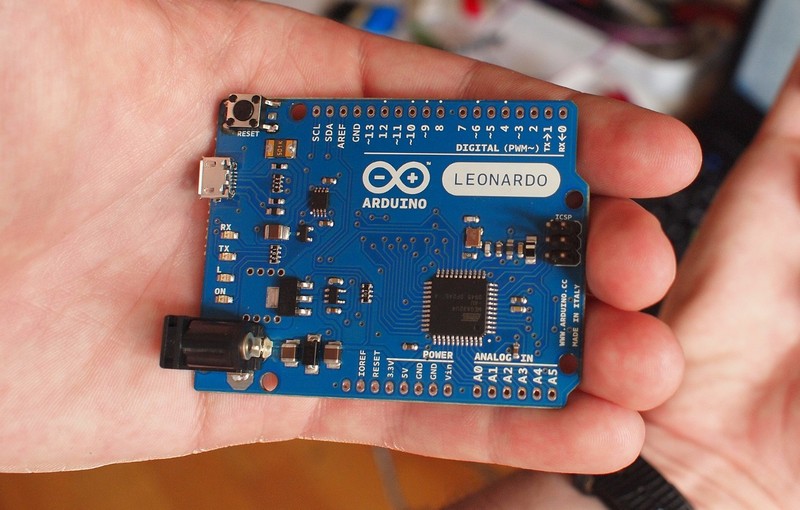How to Choose the Right Arduino Kit for Your Needs
In the world of electronics and DIY projects, Arduino kits have revolutionized the way hobbyists, educators, and even professionals approach creative projects. Whether you’re a beginner eager to dive into electronics or a seasoned engineer looking to prototype quickly, choosing the right Arduino kit can be a daunting task given the plethora of options available. This article will guide you through the essential factors to consider when selecting an Arduino kit that perfectly aligns with your needs.
Understanding Your Requirements
The first step is understanding what you want to achieve with your Arduino kit. Are you a beginner looking to learn the basics of electronics and programming, or do you have a specific project in mind like building a robot or a smart home device? Your goals will largely influence the type of kit you should choose.
For Beginners
If you’re new to Arduino and electronics, consider starting with a beginner-friendly kit. These kits often include an Arduino board, a selection of basic components like LEDs, resistors, and sensors, and a project guide to help you get started. The Arduino kits USA offer an excellent starter kit that is well-suited for novices.
For Intermediate Users
Once you’ve grasped the basics, you might want to explore more complex projects. Intermediate kits typically include a wider variety of components, such as more advanced sensors, motors, and displays. They allow you to experiment with more sophisticated projects like home automation or wearables.
For Advanced Users
Advanced users who have specific projects in mind, such as building a drone or a 3D printer, should look for specialized kits. These kits often come with high-level components and require a deeper understanding of electronics and programming. Consider kits that offer compatibility with additional shields and modules for expanded functionality.
Key Factors to Consider
1. Compatibility
Ensure that the components included in the kit are compatible with your existing hardware or other Arduino boards you may already own. Compatibility is crucial for seamless integration and preventing unnecessary headaches during the building process.
2. Documentation and Support
Good documentation can make a significant difference, especially for beginners. Look for kits that offer comprehensive guides and tutorials. Additionally, check if there is a community or customer support available to help you troubleshoot any issues you may encounter.
3. Quality of Components
The quality of the components is vital for the longevity and success of your projects. Opt for kits from reputable manufacturers or suppliers known for providing reliable and durable parts.
4. Budget
Arduino kits are available at various price points. Set a budget that reflects your level of commitment and interest. While it may be tempting to go for the cheapest option, investing a bit more in a quality kit can save you from frustrations down the road.
Conclusion
Choosing the right Arduino kit involves assessing your current skills, understanding your project goals, and considering factors like compatibility, documentation, component quality, and budget. By taking these aspects into account, you’ll be better equipped to select a kit that not only meets your needs but also enhances your learning experience and project success. Happy tinkering!

